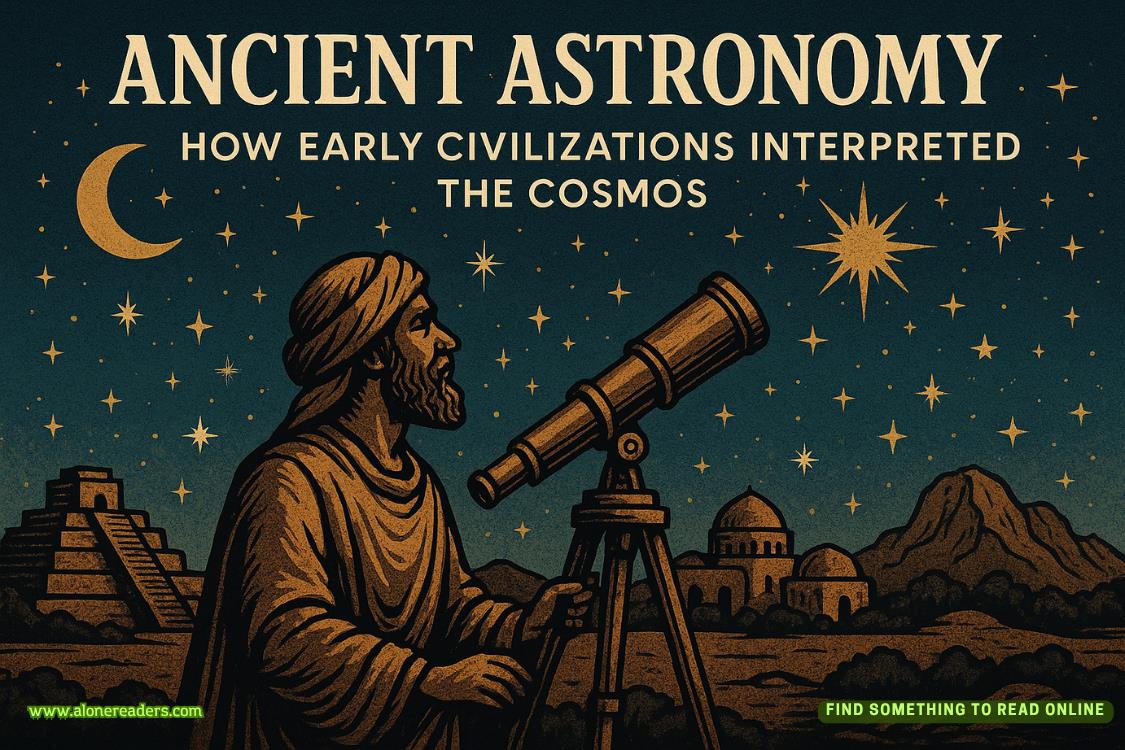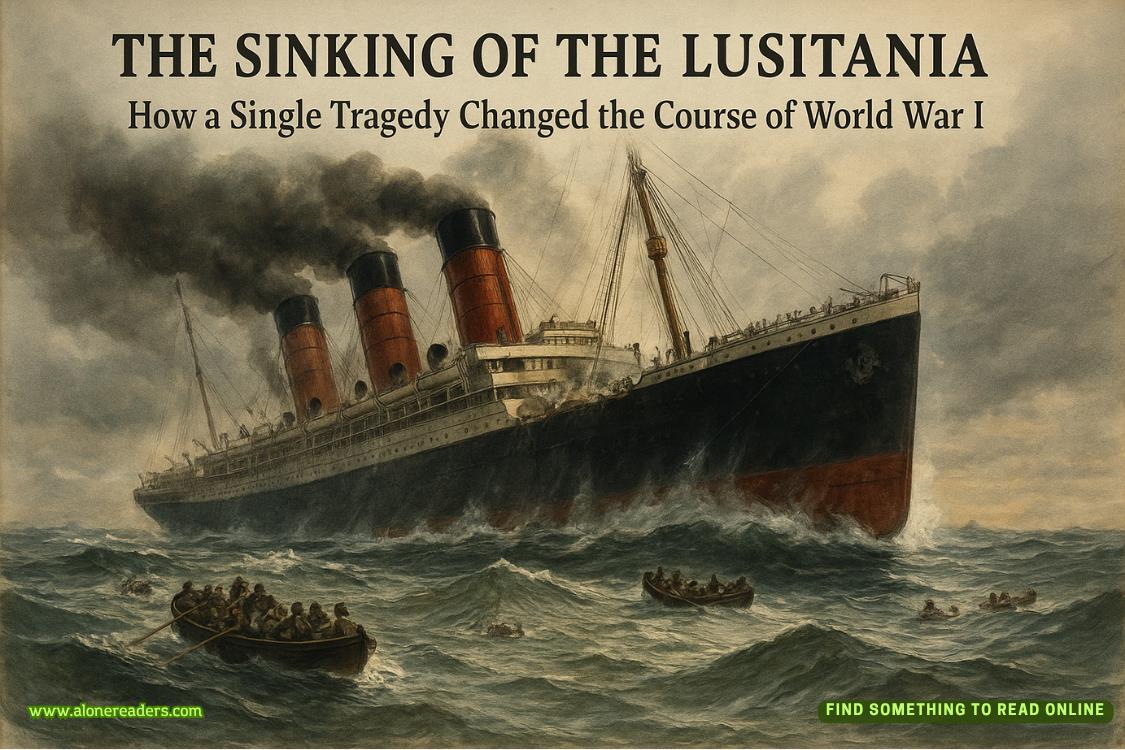Page 1 of Ladies in Hating
Chapter 1
From the celebrated authoress ofMinerva’s TombandWightwick Priory,a new tale, entitledThe Bride of Ottaviano,possessed of the same wit, daring, and sensation…
—from an anonymously published review inTHE LONDON CRITIC,1822
As a matter of principle, Lady Georgiana Cleeve did not object to ghosts. The haunting, when it came, was perfectly tolerable.
When the Baronessa Branciaroli pulled back the curtain to reveal the portrait of her desiccated lover, Georgiana did not bat an eyelash. When the last will and testament of the barone was uncovered beneath his tomb, Georgiana gritted her teeth and nodded along.
But when the barone’s daughter’s identity was finally revealed, Georgiana snapped her iced biscuit in half, thus decorating the table in a spray of lavender crumbs.
“Whatdid you say?”
Across the tea table, her mother gave a delicate wince.
Georgiana attempted to modulate her tone frompiercingto a more decorousmildly outraged. “Whatname was that?”
Edith Cleeve, the dowager Countess of Alverthorpe, raised her pince-nez again to look at the newspaper in her hand, which featured a lengthy summation of the recently published Gothic novelThe Bride of Ottaviano—including the book’s ghosts, portraits, and barone’s secret daughter. “Alba Margherita, it says here.”
Georgiana tossed the remains of her biscuit down onto her white china plate and leapt to her feet. “Alba Margherita! Curse the woman. Damn hersideways!”
Edith raised her elegant blond brows in Georgiana’s direction, a gentle chastisement which Georgiana refused to acknowledge. She strode closer to her mother and plucked up the paper, her gaze flicking over the effusive review. “Alba Margherita. The barone’s daughter. The bloody bride. How is she doing itagain?”
Georgiana tossed the newspaper back down on the table and started to pace.
The Bride of Ottavianowas the latest in a series of lurid supernatural novels that had roared into the public eye four years ago. Authored by the improbably monikered “Lady Darling,” the novels had captured the public imagination, gone into second and third and sometimeseleventhprintings, and bewitched thousands of gleeful British readers.
As an author of Gothic novels herself, Georgiana was not disturbed by the instantaneous celebrity of another writer. In fact, the situation was much the opposite—she cheered the success of the genre. She delighted in the vociferous clamorings of the general readership for more female-authored novels of horror and romance, even if said author employed a truly ludicrous nom de plume.
She’d been happy for the woman. She’d directed several of her own loyal readers in Lady Darling’s direction.
Her happiness had veered slightly off course the following year.
In 1820, Lady Darling had put out a brand-new novel calledThe Witch in the Castle.It had appeared exactly one week before Georgiana’s own newest work. Which had been titledThe Witch Castle.
It had been too late to change the name of her book. Stacks and stacks of the thing had already been bound, the title engraved in a thin layer of gilt. She had stared at them, piled in towers at her printer’s office, with a rising sense of deep professional dismay.
But it was fine. It was a coincidence. Such things happened. Georgiana had made herself shake off the tingle of dissatisfaction every time a critic confused the two novels, which was unfortunately more or less every time the books were mentioned. She’d forced herself to ignore the frisson of rivalry that had prickled her skin. She had even, in a fit of fellow feeling, acquiredThe Witch in the Castleherself.
(NotThe Witch Castle,she had grumpily informed the clerk at the bookseller. She hadwrittenthat one.)
Lady Darling’s latest novel had had little in common with her own—besides the witch and the castle—and had been, to Georgiana’s mingled delight and aggravation, extremely good. She had laughed aloud twice when she read it, and pressed one knuckle against her lips in horror at her own display.
The titles, she told herself, were a quirk of fate. Nothing more.
Except then it had happened again. Six months later, Georgiana had been leafing through a review of Lady Darling’s latest book—“rollicking,” the papers called it, and “exuberant”—only to discover that the two books shared not only their ruined abbeysetting but also the first and last names of their protagonists, both of whom were christened Augusta Quirkle.
Augusta Quirkle! It wasn’t as though the name were particularly common.
Two coincidences seemed rather less like an accident of fate and more like intentional intrigue. Could the woman be altering her books to make them more like Georgiana’s?
It seemed implausible, to be sure. But out of an abundance of caution, Georgiana had kept the subject of her next work a secret from everyone except her printer and her mother.No onehad seen the manuscript—which had made it all the more infuriatingly unlikely that her subsequent book and Lady Darling’s should come out within days of one another and somehow both feature the possibilities and perils of electric power.
Except Lady Darling’s had included an animate skeleton. Which was ridiculous—a skeleton could not beanimated.Bones had no electrical properties.
The public, naturally, had loved it.
Georgiana had rather lost her head after that. She had marched down to Belvoir’s, the circulating library that was her single largest distributor, and demanded to know whether the owner—her close personal friend Selina, the Duchess of Stanhope—knew who the devil Lady Darling was.















